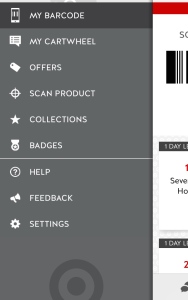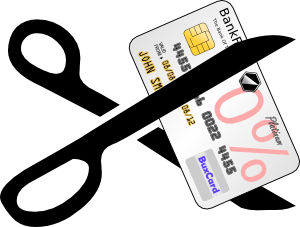 We have recently been thrown into a home search. With our landlord unexpectedly selling the property where we live, we’ve been given notice to find a new place. We’ve been renting for five years, so our first plan was to find another rental property.
We have recently been thrown into a home search. With our landlord unexpectedly selling the property where we live, we’ve been given notice to find a new place. We’ve been renting for five years, so our first plan was to find another rental property.
But…
In a twist of life events that surprised this TR family, we are instead cautiously moving forward with exploring home ownership. This is a nerve wracking experience as we are financially conservative and solidly working class.
We have been renters for many years following some significant life events that left us financially devastated. Our climb to recovery has been slow and steady. We’ve been back on our feet for a few years now. And when we examined the amount of money we throw away by renting (more than 1200 a month!), it seemed ludicrous not to try out home ownership.
Obviously, we want to stay well within our means. No palatial spread on acres of land is in our immediate future. So how do we do it? How do we find that perfectly sized, affordable home that is within our current school district?
We began by reaching out to a mortgage lender to assure that we would indeed qualify for a home loan. This involved a lot of gathering of documents and precise communication about our borrowing goal. We then began investigating our market.
There are a few critical pieces to our search of homes- www.realtor.com and www.accesdane.countyofdane.com (do a google search for your county’s property assessment and tax information ). These two sites give us a wealth of pertinent information about any property that piques our interest.
As with any big project, we are keen to stay organized and focused to successfully find a new home.
We print out properties that we want to pursue and keep them tabbed in a 3-ring binder. We plan to utilize a rating system to determine which homes should be visited first. We’ll make notes within the binder after our walk through of each property. Our hope is that this will streamline our decision making and ease some of the stress involved in finding a suitable house.
Stay tuned!





